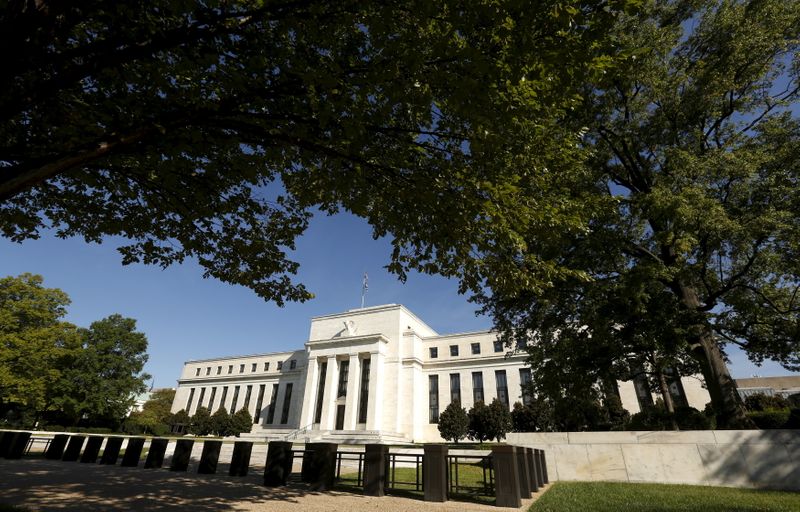
The Chair and vice-chair serve 4-year terms and may be re-appointed. In this scenario, the member will finish someone else's term and then can be reappointed for their individual 14-year term. However, sometimes, a member can serve a longer term if they finished another member's term who left early. After the term expires, the members can't be re-appointed. The Board is a federal agency with seven appointed members typically serving 14-year terms. They are responsible for setting monetary policy, regulating banks, and supervising the activities of the Federal Reserve Banks. The Board of Governors is the main governing body of the Federal Reserve System. The chair of the Board of Governors' consumer advisory council.The chair of the Board of Governors' Division of Banking Supervision and Regulation.The secretary and treasurer of the US Department of the Treasury.The FOMC also has several non-voting members, including: The President of the Federal Reserve Bank of New York is a permanent member, while the other 11 presidents serve on a rotating basis. Four of the 11 remaining presidents of the other Federal Reserve Banks.The President of the Federal Reserve Bank of New York.Seven members of the Board of Governors.The minutes (a follow-up document to the meeting) are released three weeks after the meeting. The second day is when the committee members vote on monetary policy decisions.Īfter each meeting, the FOMC releases a statement summarizing its economic outlook and decision regarding monetary policy. The meetings typically last two days, with the first day devoted to informational presentations by Federal Reserve Bank staff and academic economists. The committee may also vote to modify the size or composition of the Federal Reserve’s balance sheet. The FOMC also discusses the current state of the economy and decides on the appropriate monetary policy to ensure price stability and maximum employment. You can jump to our section on monetary policy to learn more about how open market operations affect reserves' supply. The current target range is 2.25% - 2.50%. As previously mentioned, the money supply is influenced by open market operations, which determines the federal funds rate. What Happens at a FOMC Meeting?Īt each regularly scheduled meeting, the committee votes on whether or not to modify the interest rate and influence the money supply. Instead, these meetings allow members of the Board of Governors and Federal Reserve Banks to share their perspectives on the economy with academic economists, representatives from other government agencies, and other guests.

The FOMC also conducts informational meetings, which are not focused on monetary policy. Whereas modifications to the medium and longer-term interest rates are referred to as quantitative easing or quantitative tightening. Modifications to the short term interest rate are known as open market operations.

At these meetings, the committee assesses economic conditions and decides whether or not to modify the amount of money in circulation. The FOMC holds eight regularly scheduled meetings per year. This balance between inflation and unemployment is discussed in FOMC meetings. Inflation occurs if too much money is chasing a few goods - which causes widespread price increases.

However, prolonged borrowing increases the money supply, resulting in inflation. This results in more consumption which fuels economic growth and employment. Lower interest rates encourage economic growth by decreasing savings while incentivizing borrowing. They achieve this by influencing the rate of interest in the economy through open market operations. Their goal is to ensure economic price stability and maximum employment with moderate long-term interest rates. The Federal Open Market Committee (FOMC) is the US Federal Reserve's primary monetary policymaking body.


 0 kommentar(er)
0 kommentar(er)
